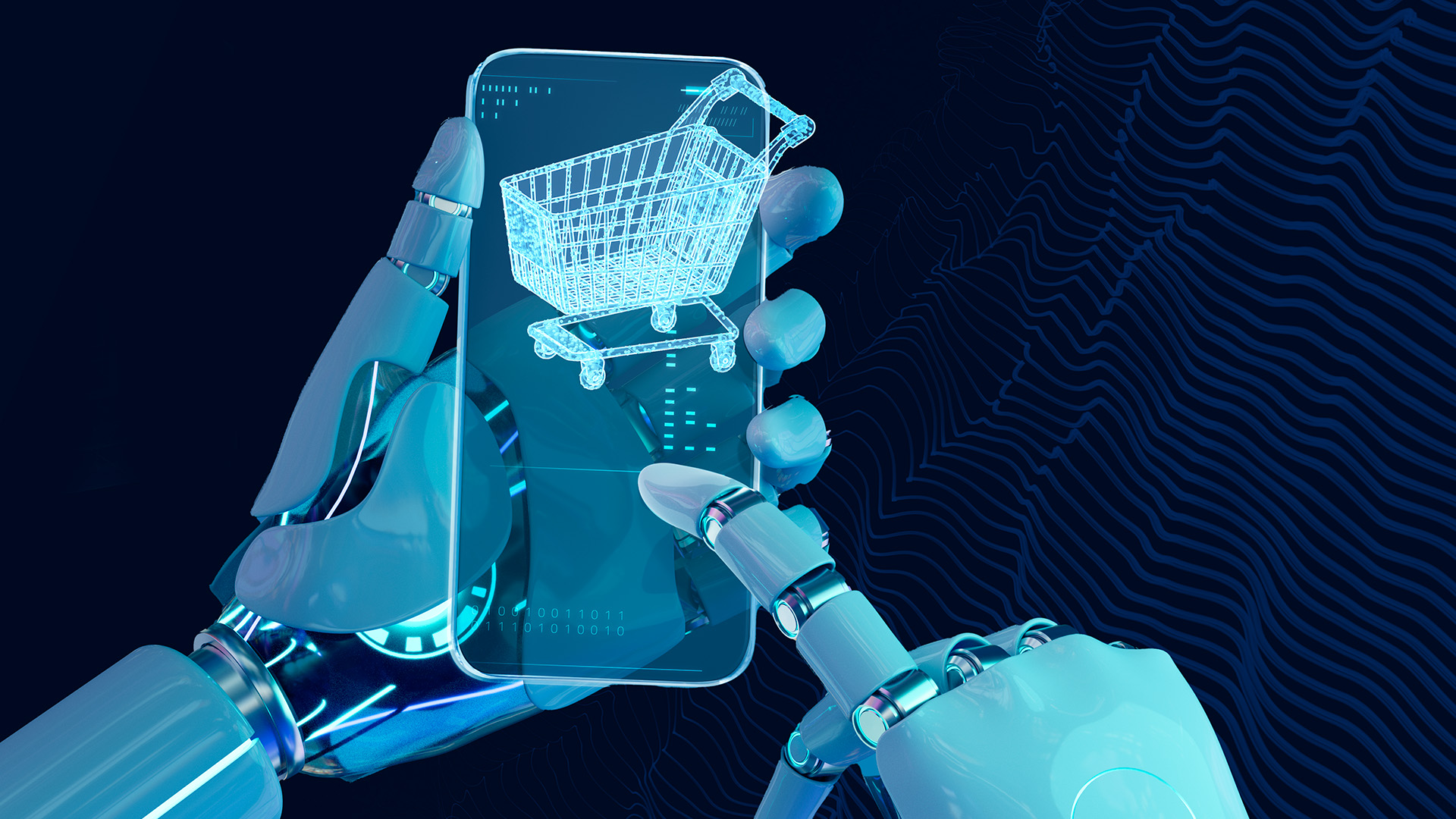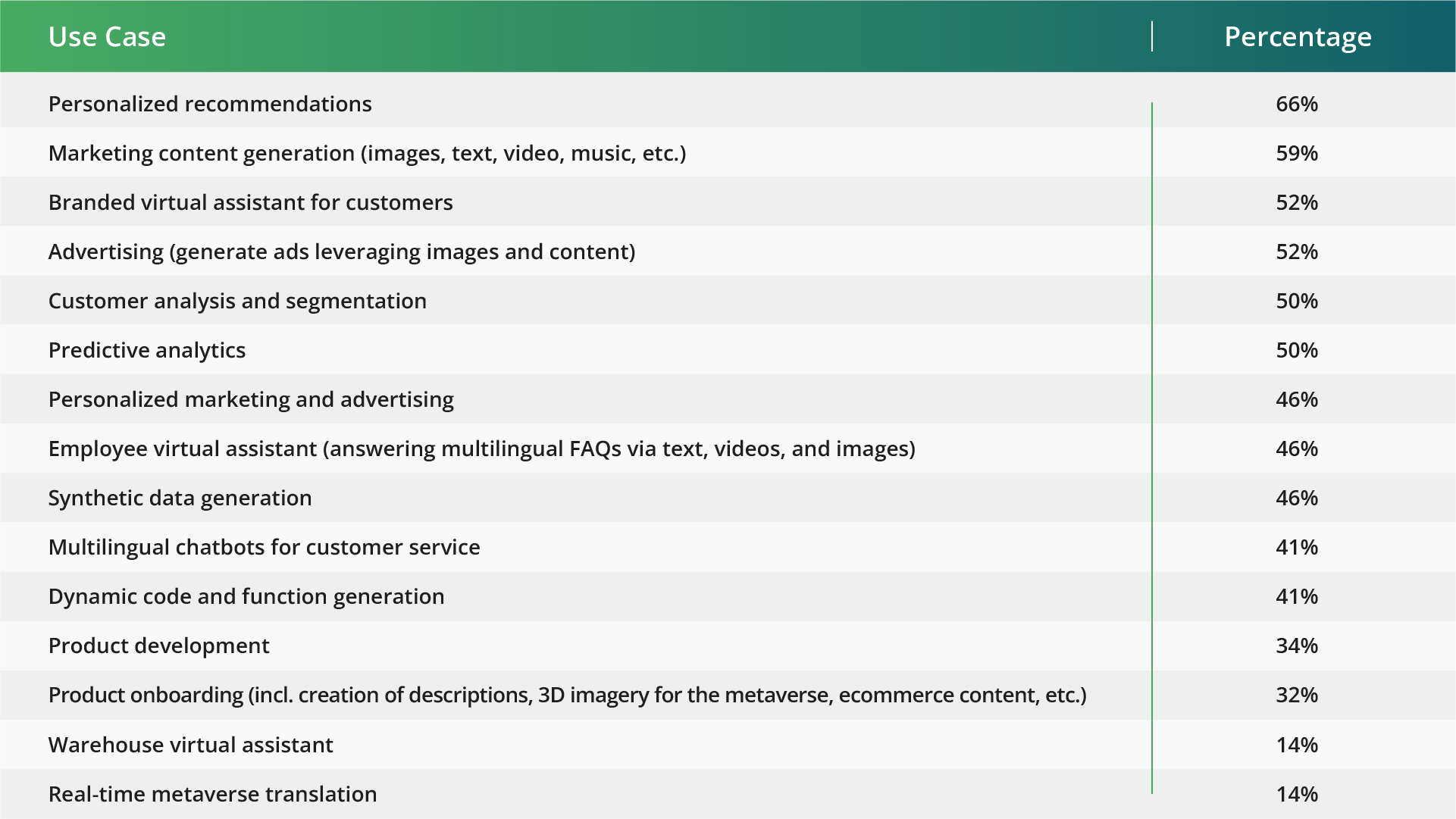
 Source: Nvidia State of AI in Retail and CPG: 2024 Trends
The recent report by Nvidia, which surveyed over 700 respondents from retail and CPG, revealed four key trends driving the surge of AI in this industry:
Source: Nvidia State of AI in Retail and CPG: 2024 Trends
The recent report by Nvidia, which surveyed over 700 respondents from retail and CPG, revealed four key trends driving the surge of AI in this industry:
We use cookies to enhance your browsing experience, serve personalized ads or content, and analyze our traffic. By clicking "Accept All", you consent to our use of cookies.